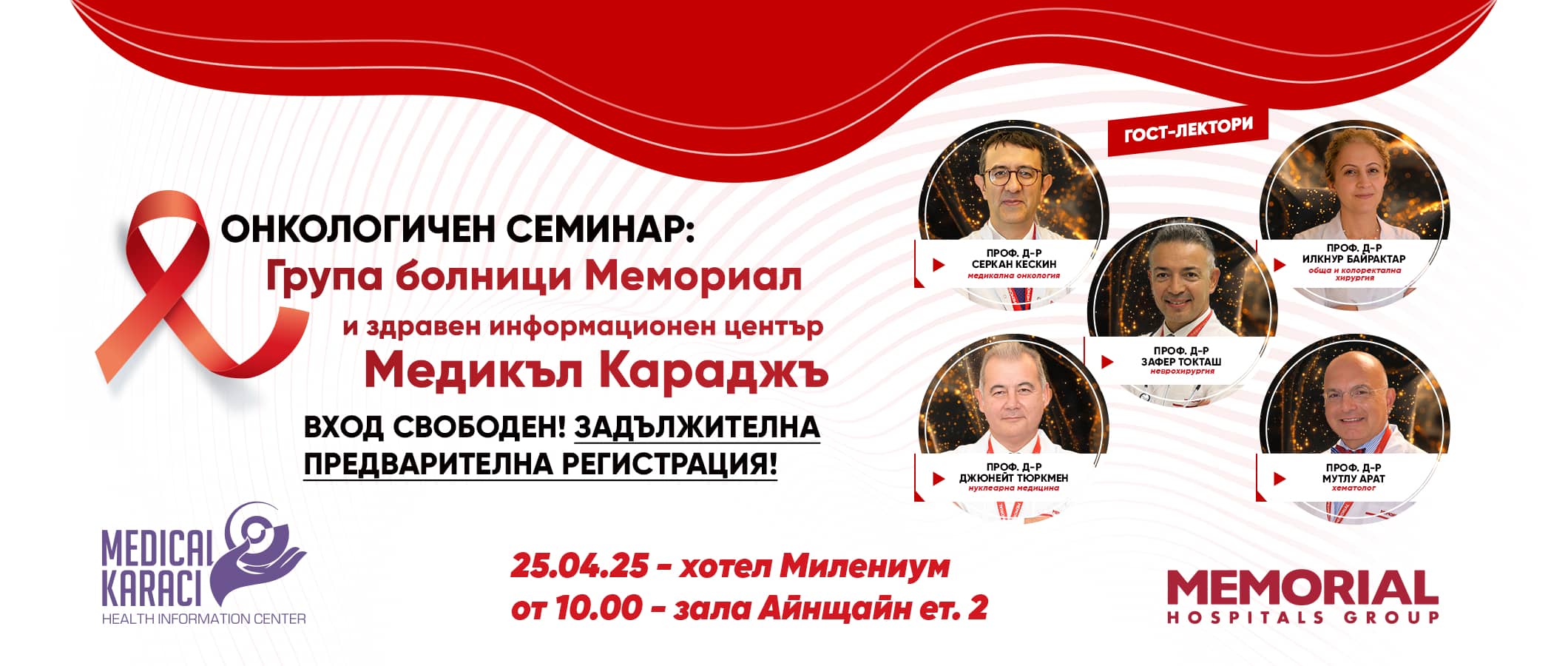- If the patient does not have a suitable donor among their relatives, a check is initiated in national and then international donor banks for an unrelated donor. An HLA typing test (human leukocyte antigen) with 10 parameters is used to find a suitable donor.
- Once the patient's HLA type is known, a preliminary search can be performed. This is done by computer and aims to find potential bone marrow donors with similar HLA antigens.
- If the preliminary search is successful and potential donors are found, the actual procedure begins. The respective donor bank contacts the potential donors and takes blood samples to confirm the HLA-type and perform other blood tests, which are more detailed and specialised, and aim to identify the donor with the best compatibility.
- Searching for an unrelated donor is a complicated procedure that takes time. On average, the process takes about 3 months. This makes it necessary to start the donor search procedure as soon as possible.
- Once the required number of stem cells has been extracted from the most suitable donor, they are sent to the centre where the transplant will take place.









